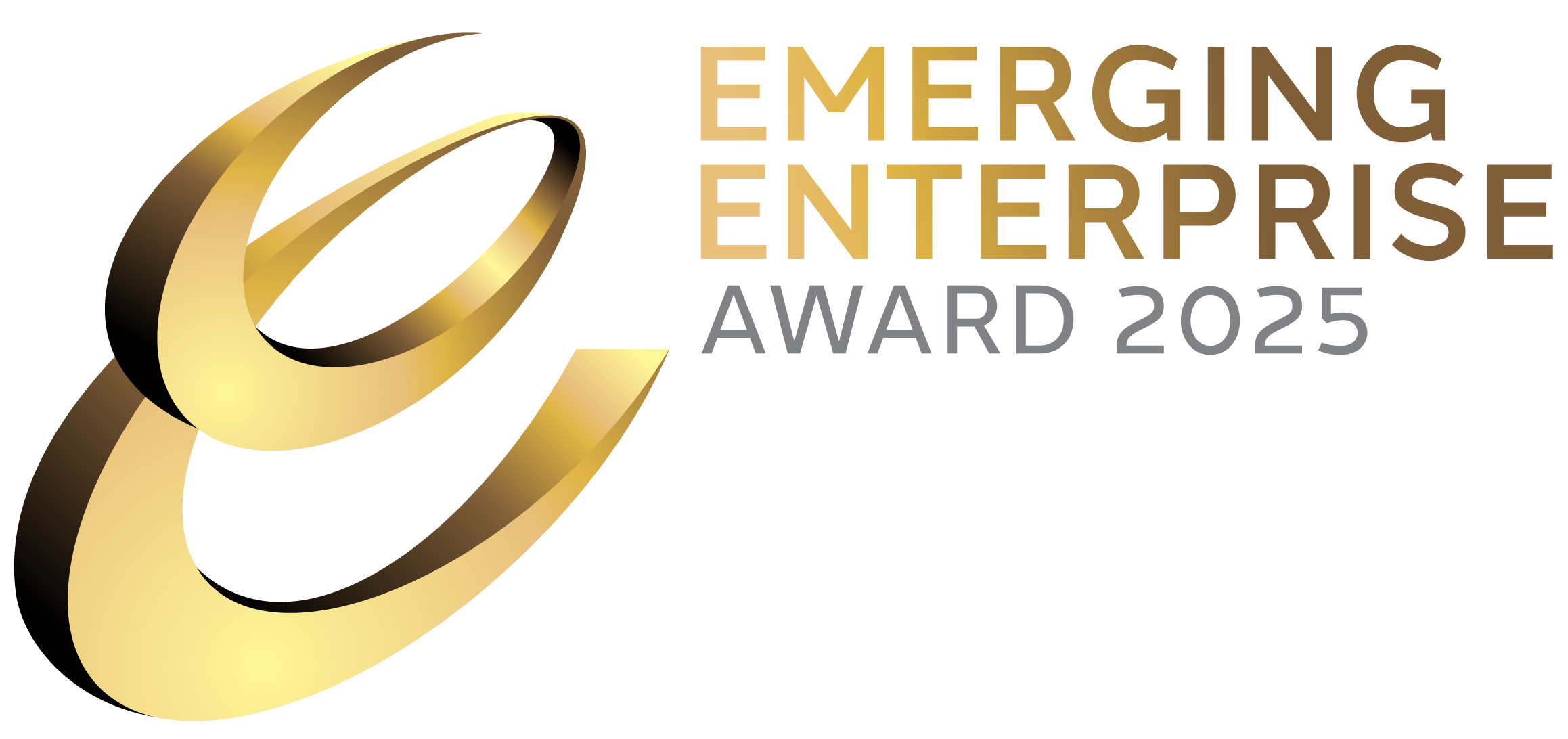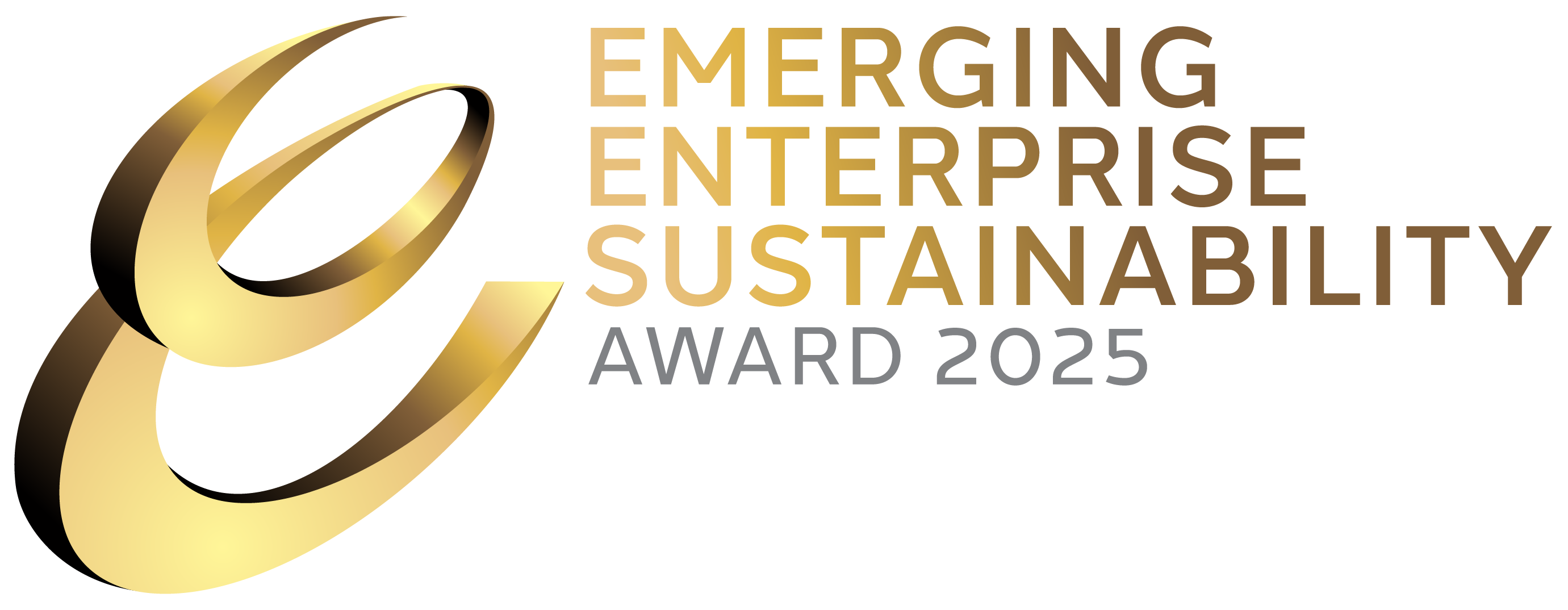SUPPLY chain disruptions may be a nightmare to most companies, but for forecasting startup Stemly, such disruptions are practically its lifeblood.
"When things go bad, supply chain software sells," Stemly co-founder and chief executive Sanjay Saini told The Business Times.
As the costs of production, logistics and capital rise, companies "will all be looking to optimise their costs", he said - and some 70 to 80 per cent of a company's costs may lie in its supply chain. "So if we can optimise even 1 or 2 or 5 per cent, it's a happy thing for them."
Stemly's business is supply chain forecasting. It offers this service on a subscription basis, to customers in a range of industries including consumer goods, retail, distribution and manufacturing.
Stemly helps these companies forecast demand for their products, whether sold through e-commerce, distributors or stores like supermarkets. Clients get an idea of how much inventory to maintain, so that they will be neither over- nor under-stocked.
The secret to having accurate forecasts, said Saini, is bringing together domain knowledge and data science. This is where he believes his background comes in useful, as he previously held supply chain roles in software firms.
"So you need to understand why things change. Is it the price (having) an important impact or promotions (having) an important impact? Or is it the rainfall, or the weather, or the footfall which is making an impact?" These factors must be understood and then converted into something that Stemly's machine learning model can understand, he added.
This is where data scientists such as Giuseppe Manai, Stemly's co-founder and chief operating officer, come in. Such "business complexity" must be taken into account when configuring a prediction model for each business, said Manai. "Otherwise, it's just solving always a small part of the problem and not being able to connect the dots from the beginning to the end."
The forecasting offered by Stemly can be extended to price, volume or revenue, among others, said Saini. The key, he added, is to identify the customer's business objective and solve the challenges that are causing either revenue or cost leakage.
"Today, commodity prices are so volatile. We are looking at how we predict the price of the commodity, and then depending on that, how much inventory to maintain - so that's a very different challenge," he said. Instead of predicting volumes, they now predict prices, and determine how much to buy based on the expected price range.
Volatility makes it challenging for companies to make a decision, he added: "It's not about high or low - if it is high or low, they know what to do." The difference between "a great company and an okay company" is thus determined by which responds faster.
While one-off events such as the Covid-19 pandemic are very hard to predict, what matters in such scenarios is how one responds, he added. Stemly's supply chain optimisation solution is meant to aid decision-making during such uncertainty.
Stemly has its origins in ING Singapore's startup incubator programme in 2018. In late 2020, it started searching for investors and bringing customers onboard.
Last year, it raised US$2.5 million in seed funding, with investors including the bank's venture arm ING Ventures, venture capital (VC) fund Elev8 and the Singapore Economic Development Board's (EDB) corporate venture building arm EDB New Ventures.
While most of the funds raised went into engineering and product development, Saini said the focus is gradually shifting towards sales and "customer success", as greater sales will mean a greater need for after-sales service.
Stemly has a two-pronged strategy for growth. The first is to get large customers that can bring multiple projects, while the second is to aim for business-to-business marketplaces or direct-to-consumer companies.
"There are plenty of them," Saini said of the second category of potential customers. "But they are all brand companies but not necessarily supply chain companies, so that's where we want to give the solution to them (to) increase their supply chain knowledge."
Meanwhile, Stemly aims to raise about US$8 million in a Series A funding round, a sum which Saini expects could fund the company for the next two to three years.
But to assure investors that the company can grow and scale, Stemly needs to double its client base by adding seven or eight more customers to its current five, some of whom have multiple projects.
"We're already in the proposal and negotiation stage with a whole lot of them," said Saini. "Hopefully by February or March, we should get that goal achieved."
He reckons that profitability is at least two to three years away, and will be possible if the company adds eight to 10 customers.
"If it's funded, then you tend to put the money in growth, rather than try to be profitable. But I think nowadays it is changing with the VC funding drying up, so it will shift a little bit towards profitability - at least get an operating profit," he said.
If all goes well, Saini hopes the company can make an initial public offering in five to six years, though he has not decided where.
"If you want to have US$100 million revenue, ARR (annual recurring revenue), you can't get it from this part of the world. You need to be global in nature," he said.






